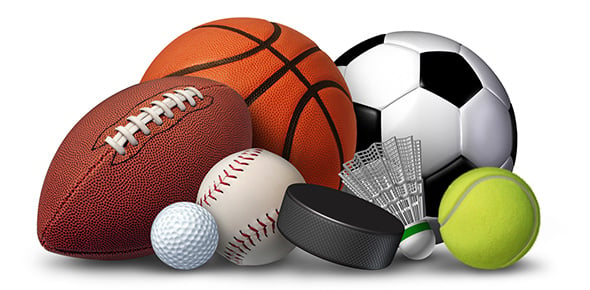Otto Dietrich, the National Rules Commissioner, thinks that, for every...
In two-serve games two Screen Serves in a row result in a loss of...
During a rally you are allowed to remain in any location on the court,...
Stroke Interference Rule 3.15 (b)...
The server should always say the full score before they serve because...
How wide is a racquetball court?
If you don't wear protective eye wear while playing racquetball...
When returning a serve, which is a Safety Zone Violation?
A serve which passes the Short Line into the crotch of the side wall...
In doubles, either receiving player may indicate their side is not...
In two-serve games how many Fault Serves result in loss of serve?
A Safety Zone Violation results in a ...
The maximum length of a racquetball racquet is?
Of the three parallel lines on the floor, what is the line nearest to...
How tall is a racquetball court?
Can a racquetball game final score ever be 15 to negative 1?
Which of the following does NOT qualify for a possible Technical Foul?
In two-serve games, which of these is NOT a fault serve?
Penalty Hinders. 3.15 (c) Blocking....
The area bounded by the back edges of the Short Line and the Receiving...
Of the three parallel lines on the floor, what is the line nearest to...
Of the three parallel lines on the floor, what is the middle line...
In doubles when the first server is retired and it is the second...
A serve into the crotch of the back wall and floor is in play.
How many cubic feet is a racquetball court?
In doubles, either partner may serve first and redetermine who serves...
Serving the ball before the receiver(s) signal they are ready is a...
How long is a racquetball court?
In doubles, if the partner standing in the Service Box has one foot on...
Which of the following is considered a Foot Fault during a serve?
Mark all that are Penalty Hinders.
After the serve has been struck, the server's doubles partner...
Only a player on offensive can call a screened ball.
What is the penalty for a Drive Serve Zone violation?
It is a Penalty Hinder against you ...
What is the penalty for catching a served ball before it hits the...
On a serve if a ball hits a "dead" board on the floor, the...
Replay Hinders...
It is legal to hit the ball with any part of the racquet, except the...
The area where the ball is served is called?
As part of the service motion the server taps their racquet in the...
What is a Drive Serve Zone violation?
The service component of racquetball can be divided into three parts....
What is the most common cause of player argument during a...
USAR dropped the term "Avoidable Hinder" and replaced it...
Club players often call Replay Hinders instead of Penalty Hinders...
When is a Safety Holdup also a Penalty Hinder (mark all that are...
In doubles if a serve hits the non-serving partner in the Service Box...
Replay Hinder....
Replay Hinders, Rule 3.14...

















